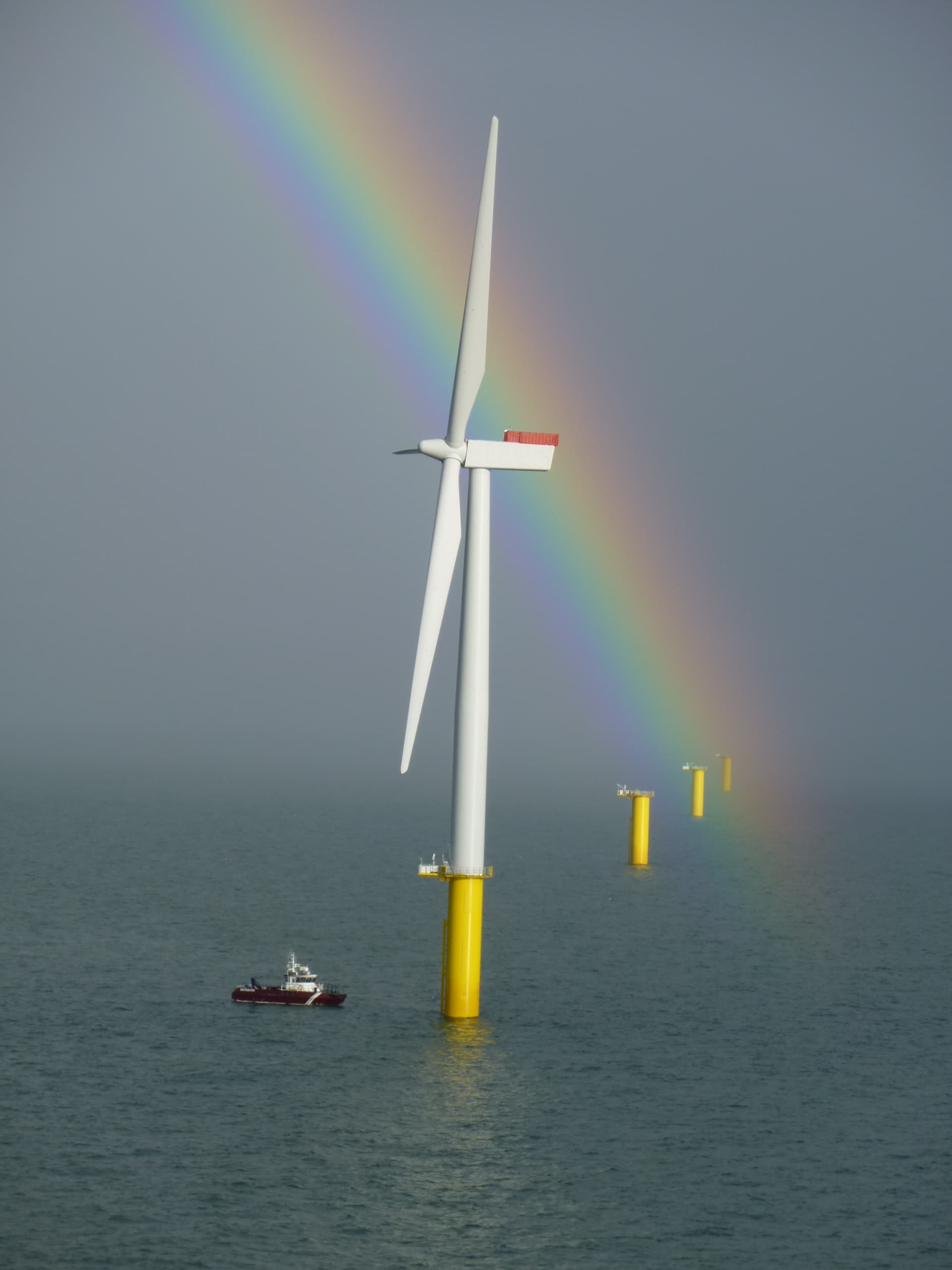
Heavy plate from Dillinger for the
Walney wind farm
Walney, currently the world’s largest offshore wind farm, opened off the west coast of England on February 9, 2012.
The new wind-power installation is located some 15 km to the west of the English city of Barrow-in-Furness, in the county of Cumbria, and covers an area of around 73 km2. Construction took place in two phases, Walney 1 and Walney 2 (2010 and 2011, respectively).
Walney consists of 102 wind towers, each carrying a Siemens SWT 3.6 MW turbine, for a total output of 367.2 MWe. The energy generated is sufficient to supply up to 320,000 private households with electricity from wind power. According to the operator, this new wind farm will contribute significantly to the attainment of Britain’s ambitious climate targets, enabling the United Kingdom to take a great step forward in reducing CO2 emissions.
The wind turbines stand on monopile foundations – 56 m long tubular elements weighing around 600 t each, with diameters of approximately 5.50 m, which are driven some 30 m into the seabed. Transition pieces, needed for installation and alignment of the wind tower itself, and each weighing close to 300 t, are then mounted on the monopiles.
Upon its inauguration, Walney immediately took over from another English wind farm, Thanet – for the monopiles of which Dillinger also supplied around 46,300 t of heavy plate – as the world’s highest-output offshore wind farm.

